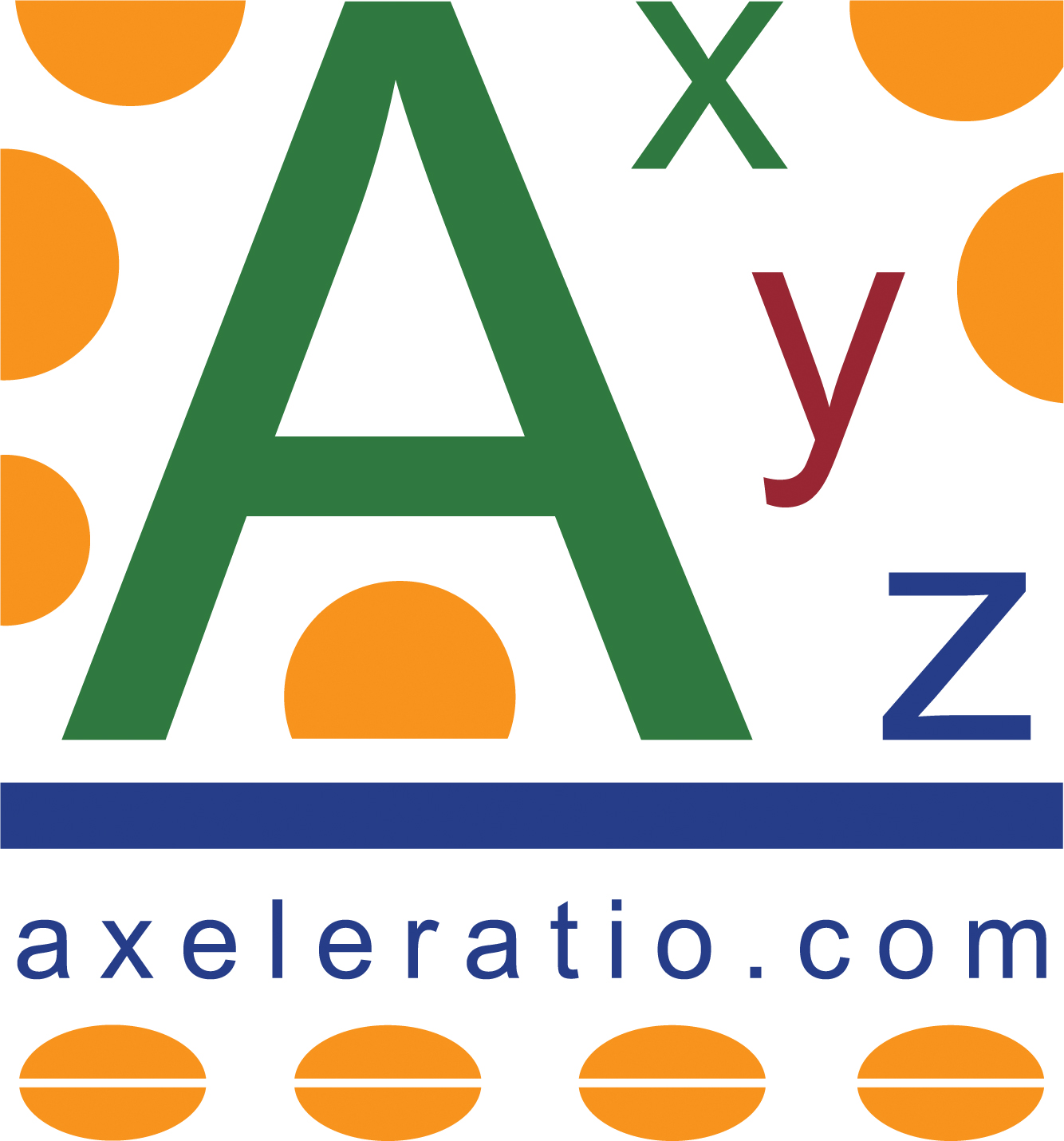 Axeleratio
Axeleratio
Nanoscience Informatics
“Advancing nanoscience by communicating molecular architectures and their properties”
The CurlySMILES project
| .... | Tweet |

Custom Search
The CurlySMILES Project defines rules and formats of this chemical language, allowing users to write (type) CurlySMILES notations to annotate their electronic chemical notebooks and bibliographies. Likewise, CurlySMILES is a chemical query language for searching information associated with molecular fragments (substructure), small molecules as well as polymer systems and complex molecular architectures. Sets of CurlySMILES notations serve as efficient librariers for chemical and materials property estimation, modeling and design in nanoscience.
The occurrence of the acronym SMILES (short for Simplified Molecular Input Line Entry System) in the abbreviation CurlySMILES is not accidental: CurlySMILES combines grammar und rules of the SMILES language with curly code, i.e. code enclosed in curly braces. A CurlySMILES notation is either an extension of a notation, which is based on the original SMILES language, or a CurlySMILES-specific encoding.
CurlySMILES notations are efficient for chemical programming and machine processing, but also provide an excellent interface for anybody proficient with material formulae and molecular structures. Whereas SMILES has been aimed for molecules (neutral and ionic) with covalent bonds, CurlySMILES additionally addresses encoding of non-covalent bonds (hydrogen-bonding, intra- and intermolecular interactions, coordination componds), multisubstituted core structures and macromolecules with repetitive motifs, and molecules in contact with a surface.
CurlySMILES accomodates a special format for non-molecular materials: stoichiometric formula notation (SFN).
Instructive encoding examples have been provided for various molecular structures, materials and nano-architectures.
| ▶ | CurlySMILES examples |
| ▶ | CurlySMILES language |
| ▶ | Polymer Informatics |